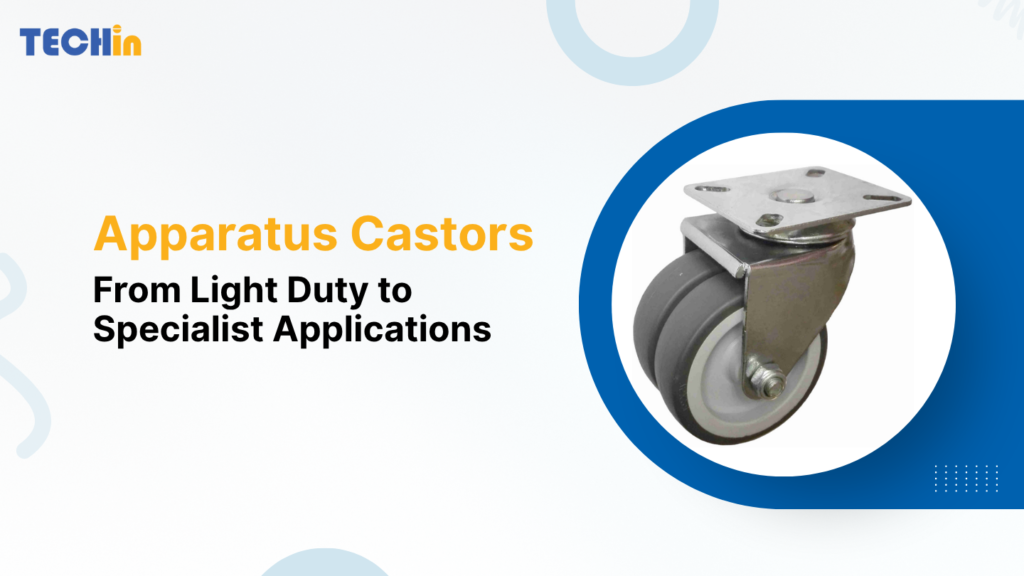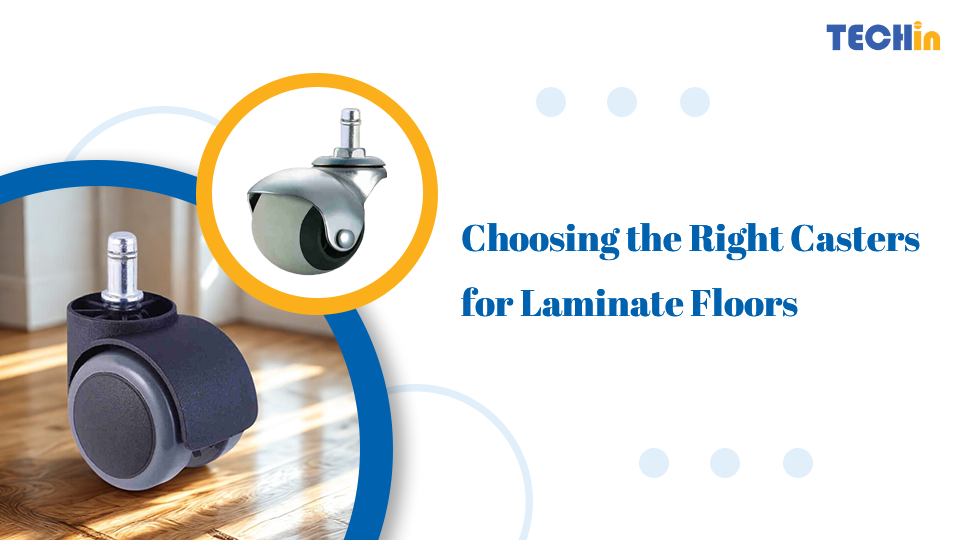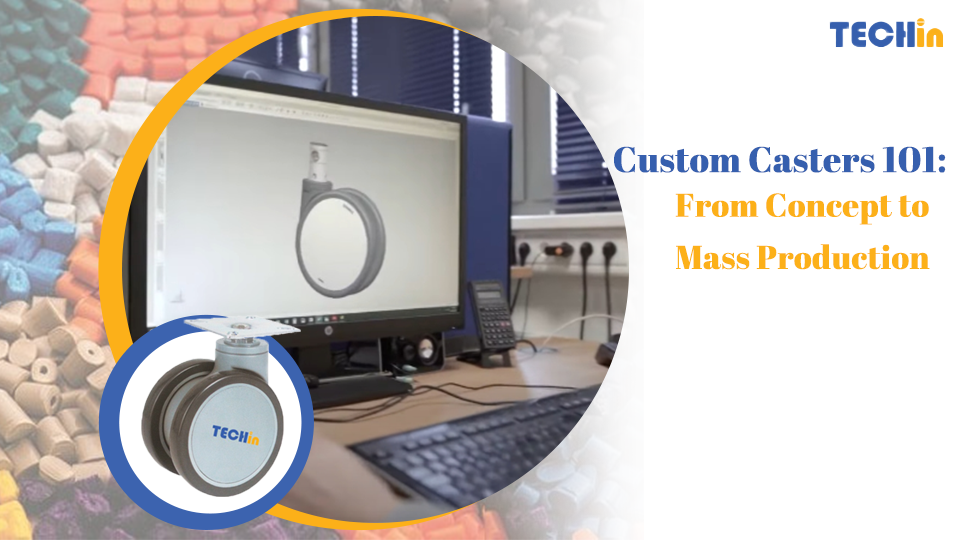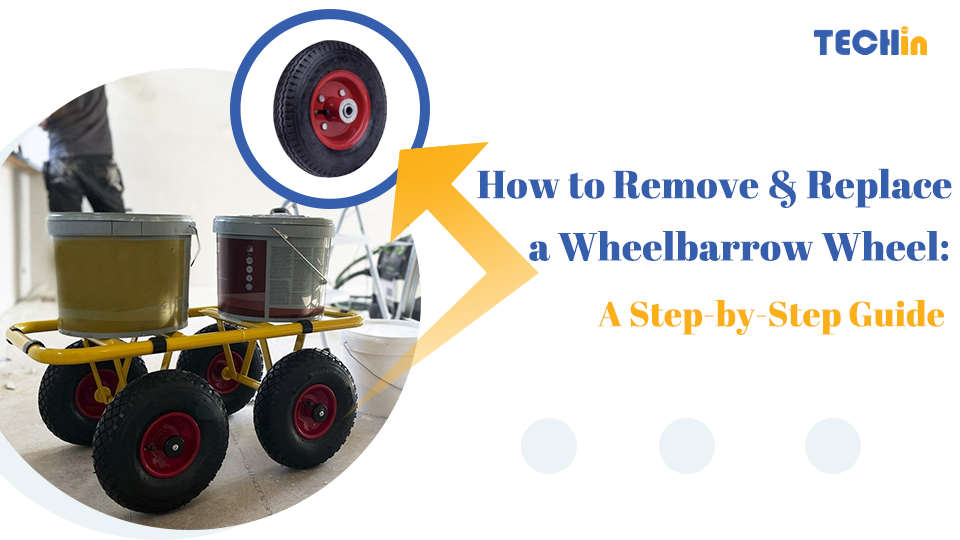Navigating the world of apparatus castors can seem complex. With countless materials and load ratings to consider, a single misstep can impact both your budget and your timeline. The reality is, however, that making the right choice comes down to understanding a few key principles. Once you do, selecting the ideal solution becomes a clear and confident process.
Apparatus castors are precision components designed for equipment that demands smooth, quiet mobility. You’ll find them on everything from medical devices and retail displays to laboratory trolleys. Available in materials like TPR and grey rubber, they come in swivel, fixed, and braked configurations to meet specific operational and flooring requirements.
Let’s break down the different types of apparatus castors, their primary applications, and the criteria for choosing the right one for your business.
What Are Apparatus Castors?
Apparatus castors are specifically engineered for light to medium-duty applications where performance goes beyond simple load-bearing. They are the solution for environments where quiet operation, floor protection, and maneuverability are paramount.
Key performance features include:
- Low rolling resistance for effortless movement
- Smooth and responsive swiveling action
- Non-marking wheel materials to protect surfaces
- Versatile compatibility with various floor types
These castors typically feature wheels made from TPR (thermoplastic rubber), grey rubber, or plastic, mounted on durable zinc-plated steel or stainless-steel forks.
What Are the Advantages of Apparatus Castors?
The strategic advantages of using the right apparatus castor are significant, impacting both operational efficiency and user experience.
- Exceptional maneuverability, allowing for precise positioning even in confined spaces.
- Quiet, low-noise performance, which is essential for hospitals, laboratories, and offices.
- Superior floor protection, preventing scuffs and damage on sensitive surfaces like tile, wood, or vinyl.
- Cost-effective efficiency for light-load requirements.
- Flexible mounting options, including bolt hole and top plate styles to suit your design.
These features make them the definitive choice for equipment that requires frequent repositioning or is used in noise-sensitive environments.
What Are the Common Types of Apparatus Castors?
Material selection is one of the most critical factors in castor performance. Each material offers distinct advantages tailored to specific environments.
- TPR (Thermoplastic Rubber) – The standard for clinical and commercial settings due to its non-marking, silent operation.
- Grey Rubber – Offers excellent grip and shock-absorbing properties, ideal for uneven surfaces.
- Plastic/Nylon – A lightweight and economical option for general-purpose use.
- Polyurethane (PU) – Highly durable and abrasion-resistant, making it perfect for warehouse floors or smooth concrete.
For example, Techin’s TPR apparatus castors are specified for their superior durability and silent operation, making them a trusted choice for high-end commercial and institutional equipment.
What Are the Applications of Apparatus Castors?
The versatility of apparatus castors means they are integral to a vast range of equipment across multiple sectors.
- Medical Equipment – IV stands, mobile carts, diagnostic machines, and hospital beds.
- Retail Displays – Point-of-sale units, movable shelving, and promotional fixtures.
- Office Equipment – Mobile pedestals, filing cabinets, and printer stands.
- Home & Hobby Use – Workshop benches, tool chests, and storage racks.
- Light Industrial – Mobile test benches, inspection carts, and light-duty assembly tables.
Their adaptability makes them an intelligent and cost-effective solution across industries.
Why Are Apparatus Castors A Good Option for Light-Duty Uses?
For light-duty applications—typically those with loads under 150kg per castor—apparatus castors deliver an optimal balance of performance, cost, and design flexibility. Their compact construction minimizes added weight, while materials like grey rubber and TPR ensure safe, non-damaging transit across delicate floor surfaces.
Whether rolling over polished tile or commercial-grade laminate, these castors perform reliably without leaving a mark. The availability of swivel and braked options gives you complete command over your equipment’s mobility and stability.
How to Choose the Right Apparatus Castors for Your Business?
To ensure you select the correct apparatus castor, a systematic approach is best. Evaluate your requirements against these key criteria:
- Load Capacity: Calculate the total weight of your equipment and divide by the number of castors. Always incorporate a safety factor to account for dynamic loads.
- Wheel Material: Match the material to the environment. Use TPR or grey rubber for quiet, indoor settings; choose PU or nylon for more demanding surfaces.
- Mounting System: Select a top plate or bolt stem mount that is compatible with your equipment’s frame.
- Mobility Needs: Specify swivel castors for maximum maneuverability, fixed castors for straight-line tracking, and braked castors for essential safety and stability.
- Environment: For wet, hygienic, or corrosive environments, stainless steel forks are the required standard.
Investing time in this evaluation process prevents costly equipment failures and safety risks.
Maintenance Tips for Apparatus Castors
Proper maintenance is essential for maximizing the lifespan and performance of your castors. Follow this simple checklist to ensure reliability:
- Inspect wheels weekly for embedded debris, wear, or damage.
- Lubricate bearings and swivel raceways every 3–6 months, adjusting for frequency of use.
- Check and tighten all mounting hardware to prevent instability.
- Replace any damaged or worn wheels immediately to maintain operational safety.
- Clean wheel surfaces regularly, especially in sterile or cleanroom environments.
It’s worth noting that premium options, such as Techin’s TPR apparatus castors, are engineered with high-quality components that often reduce long-term maintenance needs.
Summary
In summary, apparatus castors are a highly reliable and efficient solution for a wide spectrum of light-duty and specialist applications. By selecting the right model and performing regular maintenance, you ensure your equipment remains mobile, safe, and operationally sound.
If you require further guidance or wish to request a sample, our team is ready to assist.









